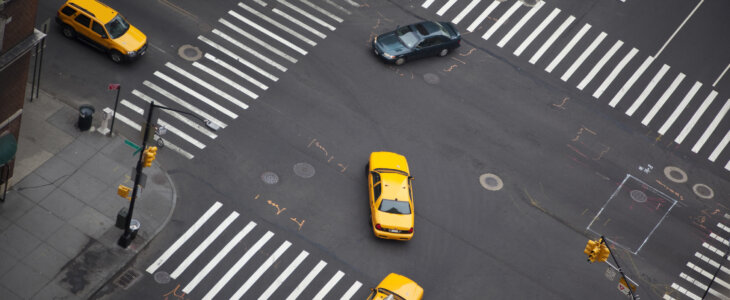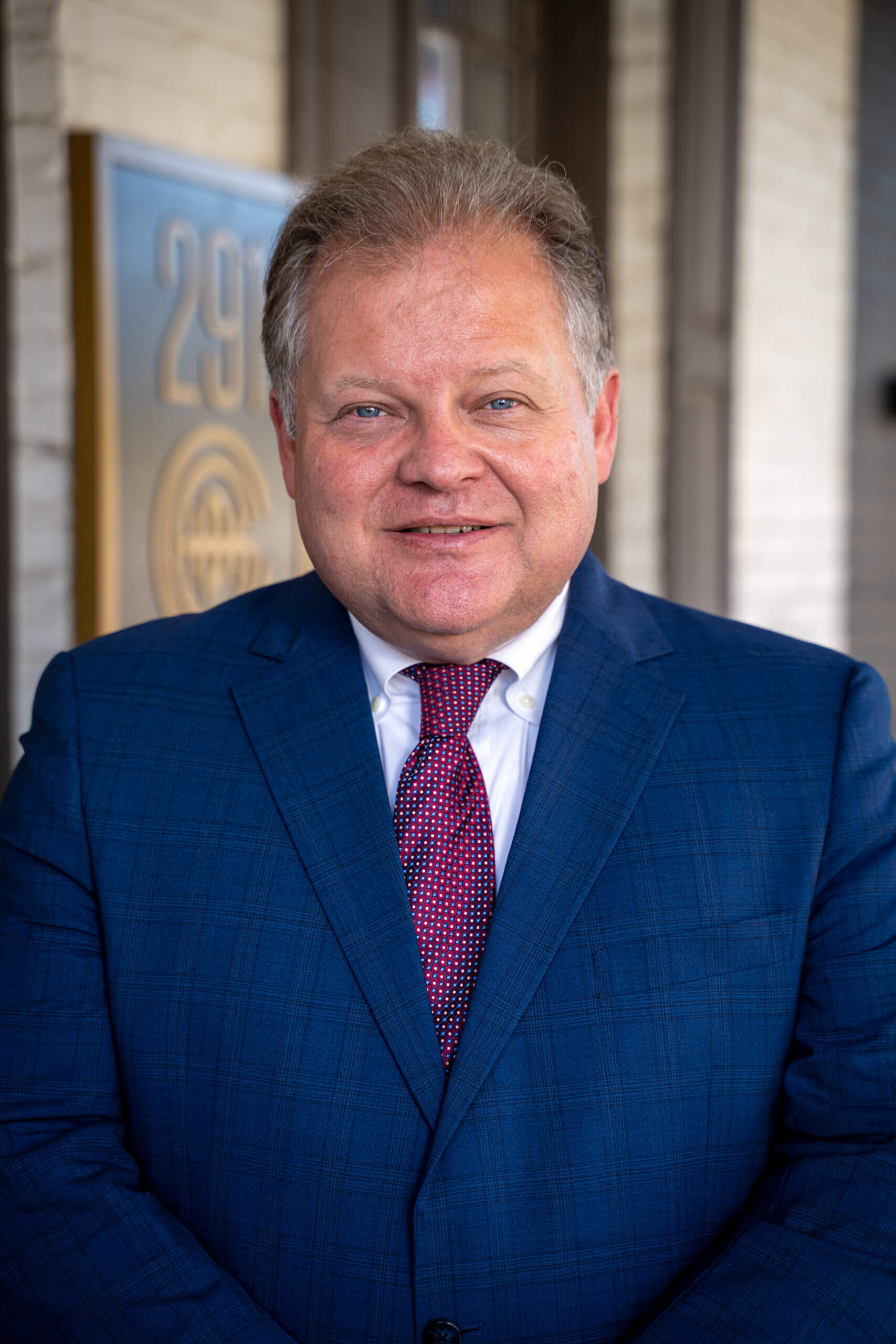After an intersection accident, you may face overwhelming challenges such as mounting medical bills, lost wages, and the stress of dealing with insurance companies. You might require clarification on how to proceed, particularly if the other driver denies responsibility or attempts to blame you.. Remember, you have rights, and consulting with an experienced car accident attorney can significantly impact your ability to secure the compensation you deserve.
Common Causes of Intersection Accidents
First, let’s examine the common causes of intersection accidents. Distracted driving tops the list, with drivers focusing on their phones, passengers, or other non-driving activities instead of the road. Speeding and running through red lights or stop signs also frequently contribute to these crashes. Impaired driving, whether due to alcohol, drugs, or fatigue, diminishes judgment and reaction times, increasing the likelihood of an intersection collision.
Investigating the Crash
To determine fault, investigators gather evidence from the scene. They photograph vehicle damage, skid marks, and traffic signal positions. Investigators also interview witnesses and review footage from traffic cameras or dashcams when available. This evidence helps reconstruct the accident and establish each driver’s actions leading to the crash.
Traffic laws play a crucial role in determining fault. In most cases, the driver who violates traffic rules bears responsibility for the accident. For example, if a driver runs a red light and T-bones another vehicle, that driver will likely be found at fault. Similarly, a driver making an improper left turn across oncoming traffic will probably be held liable for any resulting collision.
However, the fault isn’t always clear-cut. In some cases, both drivers may share responsibility. For instance, if one driver runs a red light but the other is speeding, both drivers’ actions contribute to the crash. In these situations, investigators and insurance companies assign percentages of fault to each party.
It’s important to note that fault determination varies by state. Some states follow a “comparative negligence” rule, where each driver’s percentage of fault reduces their ability to recover damages. Other states use a “contributory negligence” rule, which bars recovery if the injured party shares any blame for the accident. Understanding your state’s laws is crucial when pursuing a claim.
What to Do After a Collision at an Intersection
If you are injured in an intersection accident, prioritize your health and safety first. Seek medical attention, even if you feel fine, as some injuries may not be immediately apparent. Call the police to report the accident and obtain a copy of their report.
Photograph the damage and scene if it’s safe to do so. These images serve as crucial evidence for your claim and aid in determining fault. Capture multiple angles of the vehicles, any visible injuries, traffic signs or signals, and the intersection layout. Document skid marks or road debris if present. Prioritize your safety; take photos only if it can be done without risking harm to yourself.
Next, contact your insurance company to report the accident. Be cautious when discussing the collision with the other driver’s insurer, as they may try to use your words against you. Consider consulting with an experienced car accident attorney who can protect your rights and help you take on the claims process.
An attorney will investigate the accident, gather evidence, and negotiate with insurance companies on your behalf. They will also clarify your state’s fault laws and their application to your case. If needed, an attorney can advocate for you in court to fight for the compensation you deserve.
Intersection car accidents can be complex, with fault only sometimes immediately apparent. By understanding the factors contributing to these collisions and the steps to take after an accident, you can protect your legal rights and seek the compensation you need to recover.
Contact Chatham Gilder Howell Pittman Today for Help
The dedicated legal team with Chatham Gilder Howell Pittman is ready to hear your story, address your questions, and offer the guidance you require during this challenging time. You don’t have to face the aftermath of an intersection accident alone – let advocate for the compensation and justice you deserve. Contact us today for a free consultation, and let’s start pursuing justice today.

